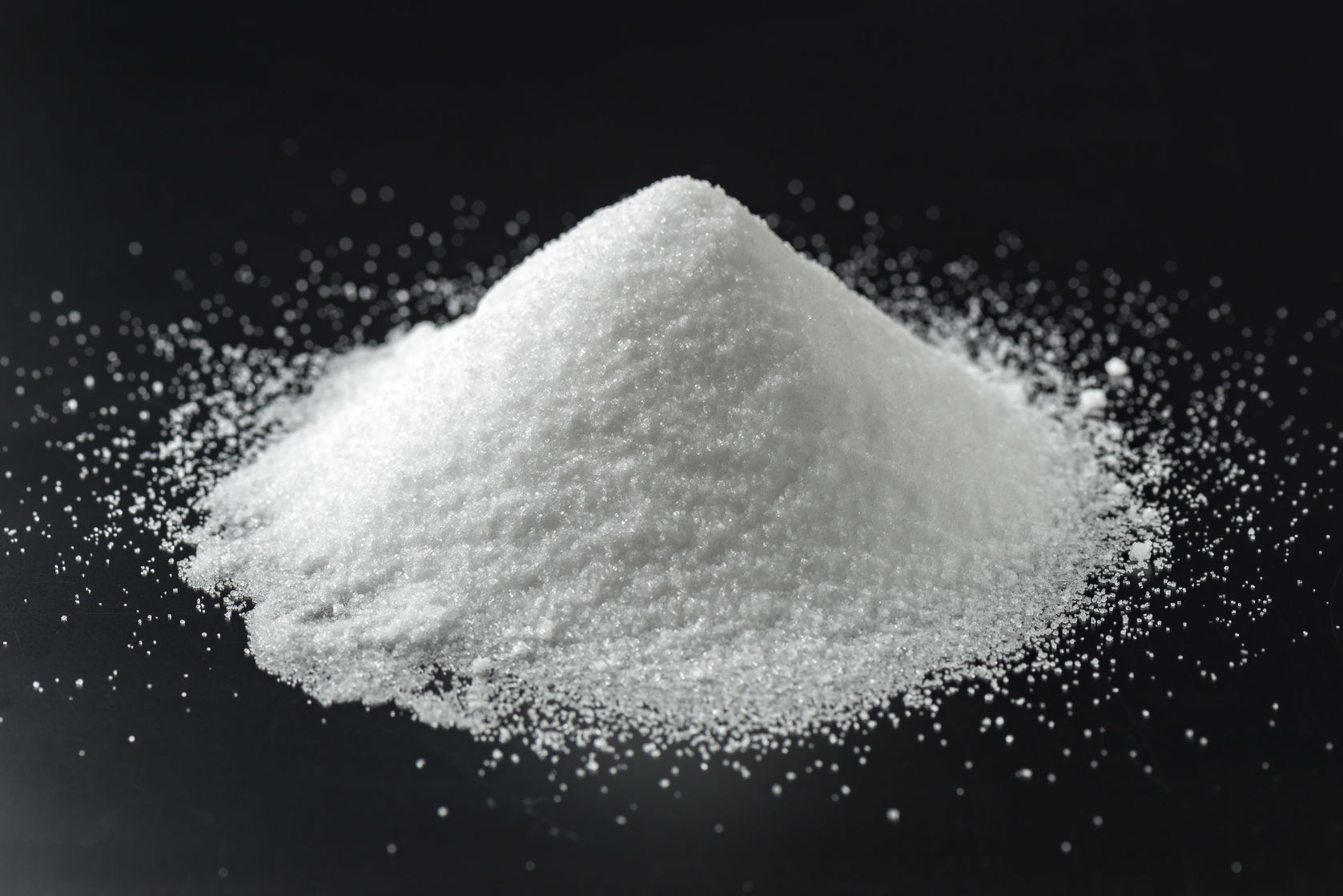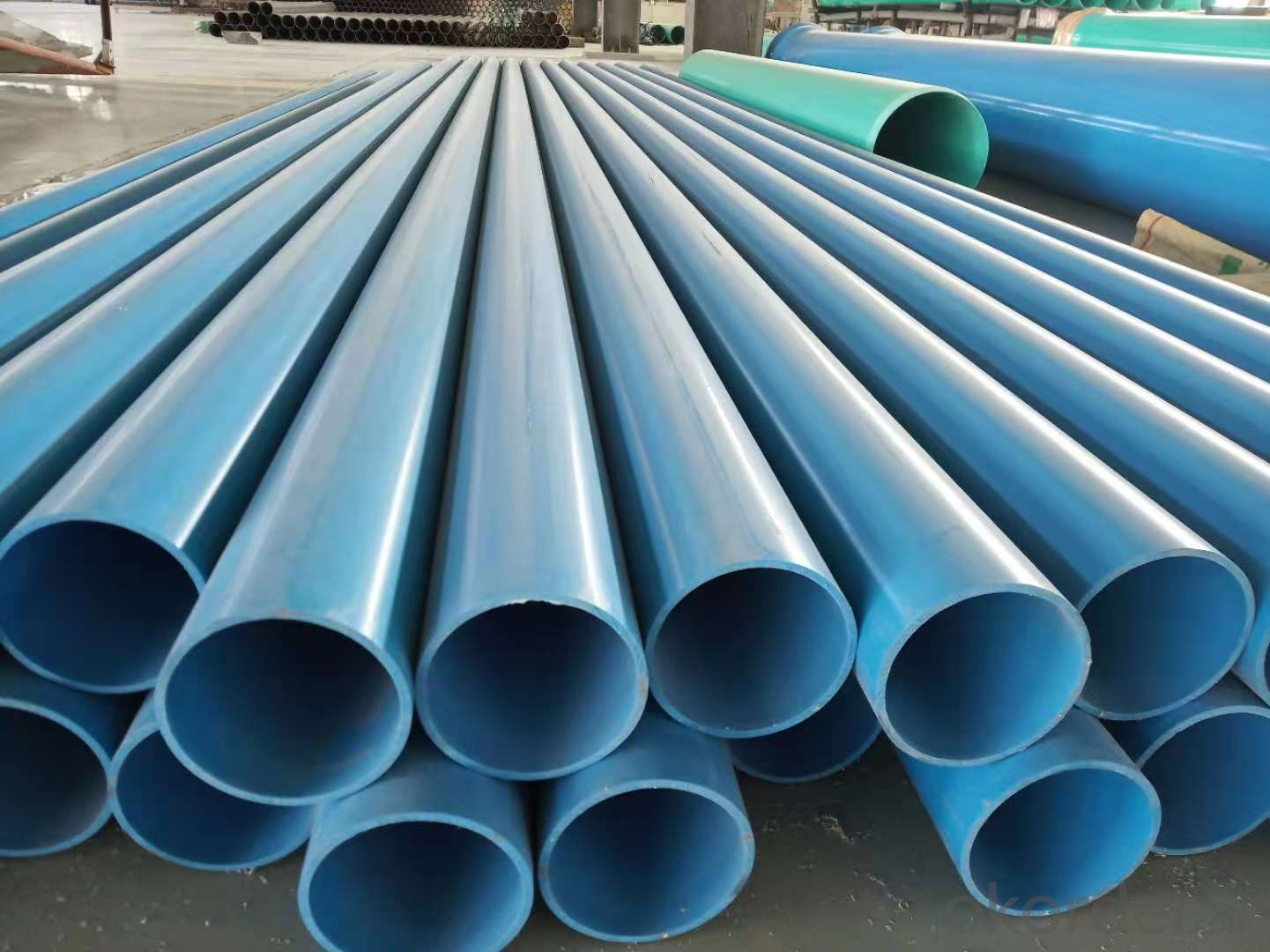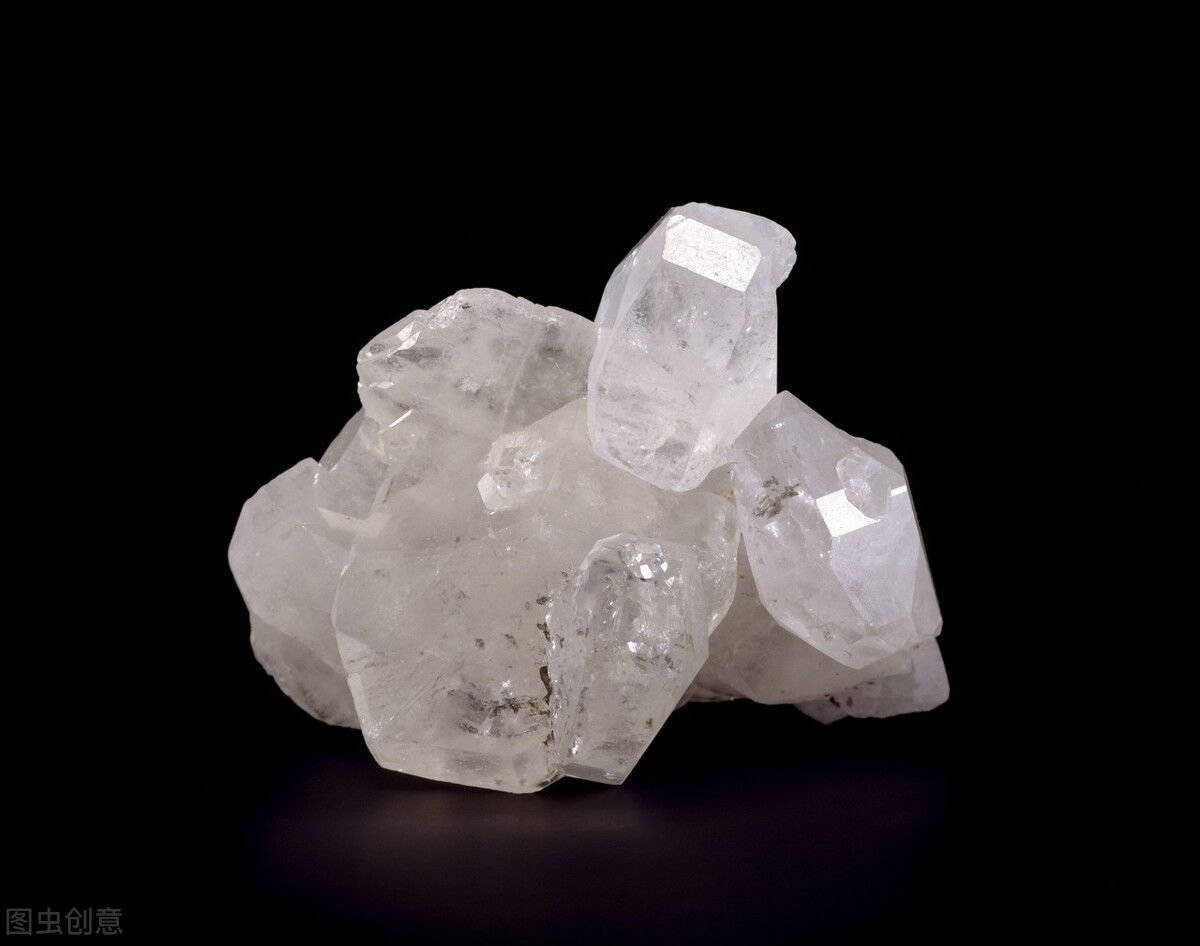Influence of particle size of stearic acid modified calcium carbonate on the properties of PBAT composite films
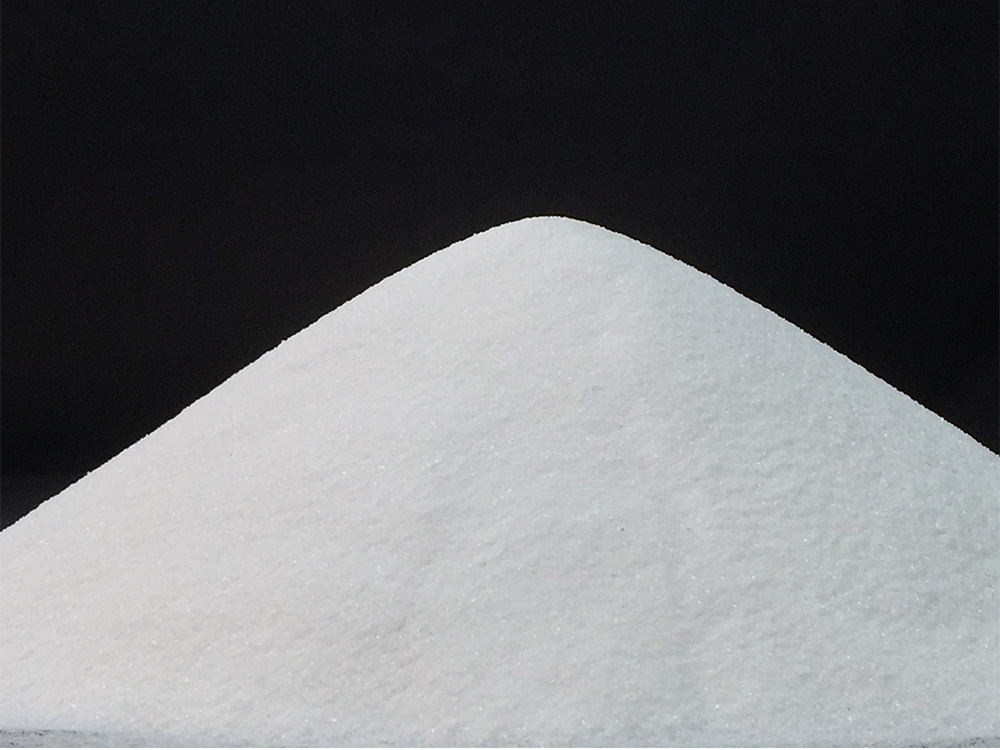
Polybutylene adipate/terephthalate (PBAT) is a copolymer of butylene adipate and butylene terephthalate, which not only has good toughness and stability, but also has excellent Biodegradability is an ideal green environmental protection film packaging material, and it is also one of the most studied biodegradable plastics.
However, the tensile strength of PBAT itself is low, the degradation rate is slow, and the price is 5 to 6 times that of ordinary polypropylene, so it is limited in application and promotion. The current research focuses on how to obtain biodegradable materials with superior performance and low cost. Most of the research is to prepare green composite materials by blending relatively cheap fillers with PBAT, ensuring its degradable properties at the same time. Control costs and expand its application value in the market.
Due to its low price and certain toughening effect on polymers, calcium carbonate is one of the most widely used polymer fillers. Using calcium carbonate as filling powder to prepare PBAT/calcium carbonate composite material has become a feasible way to reduce the cost of PBAT. By studying the properties of PLA/PBAT/nano-calcium carbonate ternary composites, the thermal and physical properties of the composites are greatly improved after adding nano-calcium carbonate. PBAT was filled with calcium carbonate, and it was found that calcium carbonate significantly reduced the cost while improving the mechanical properties of the composite. Modified PBAT with ultrafine calcium carbonate, when adding 20% calcium carbonate, the composite material still has good physical properties.
The surface modification of three kinds of calcium carbonate with different particle sizes was carried out with stearic acid, and the PBAT/modified calcium carbonate composite film was further prepared by melt blending method. The effects of mechanical properties and water vapor transmission properties show that:
(1) Through particle size analysis, the particle size distribution range of activated calcium carbonate is relatively wide, mainly distributed in 1 ~ 20μm, the volume average particle size is 7.6μm; the particle size of ultrafine calcium carbonate is mainly distributed in 0.2 ~ 5μm, volume average particle size. The diameter is 1.5 μm; the particle size distribution of nano-calcium carbonate is relatively concentrated, mainly distributed in 0.2-0.5 μm, and the volume average particle size is 0.34 μm. Through FTIR analysis, it was confirmed that stearic acid has been successfully coated on the surface of calcium carbonate, and the modified calcium carbonate has been dispersed in the PBAT matrix.
(2) After adding modified calcium carbonate, the crystallization temperature, crystallinity and melting temperature of PBAT are increased. When activated calcium carbonate with a volume average particle size of 7.6 μm was added, the crystallization temperature reached a maximum value of 84.12 °C, which was 13.07 °C higher than that of pure PBAT; the crystallinity also reached a maximum, from 10.4% of pure PBAT to 11.48%. When the modified nano-calcium carbonate was added, the melting temperature reached a maximum value of 124.99 °C.
(3) The mechanical properties of PBAT/modified calcium carbonate composite films were significantly improved, and with the decrease of the particle size of modified calcium carbonate, the mechanical properties gradually increased. When the modified nano-calcium carbonate with a volume average particle size of 0.34 μm is added, the tensile strength of the composite film reaches the maximum value of 19.9 MPa, which is 10.07 MPa higher than that of pure PBAT, and the nominal fracture strain reaches 551.8%, which is higher than that of pure PBAT. It is increased by 54%, and the right-angle tear strength is increased from 72.5kN/m of pure PBAT to 139.3kN/m.
(4) The barrier property of the film to water vapor is enhanced after adding modified calcium carbonate. The water vapor transmission rate of the composite film adding activated calcium carbonate is the lowest, which is 232.3g/(m2·24h), which is 28.06 lower than that of pure PBAT film. %, the corresponding water vapor permeability coefficient decreased by 66.09%.
Application of Nano-Calcium Compound Heavy Calcium in the Preparation of Silicone Rubber
![]()
There are many kinds of fillers for silicone sealants, such as silicon dioxide, nano-calcium carbonate, wollastonite powder, heavy calcium carbonate, etc., of which the largest amount is nano-calcium carbonate. In the domestic sealant market, the addition ratio of nano-calcium carbonate in silicone rubber exceeds 60%, and the amount used is very considerable.
More than 70% of the so-called nano calcium carbonate is added with different proportions of heavy calcium carbonate, but it is actually micro-nano composite calcium. Some nano-calcium carbonate synthesis technology is backward, resulting in disordered crystal form (it is difficult to see regular cubes in crystals, mostly small spindles and chain-like mixtures), poor processing performance, and high oil absorption value. Adding heavy calcium carbonate is In order to improve its processing performance, reduce its oil absorption value.
At present, only a few manufacturers can synthesize regular cubic nano-calcium carbonate products, and other irregular nano-calcium carbonate products have poor thixotropy, low tensile strength, low elongation, and poor elastic recovery. , the only benefit is the low price.
These micro-nano composite calcium seem to be cheap, but there are many hidden dangers:
1) poor mechanical properties;
2) The original nano-calcium carbonate has poor crystal form, high surface porosity and high water content, which will lead to poor storage stability or even thickening of the alcohol-based glue;
3) Heavy calcium carbonate is originally a very stable product, and it is mixed with nano calcium carbonate through surface treatment and subsequent drying process, which increases its instability;
4) Nano calcium carbonate is mixed with heavy calcium carbonate, which increases the mixing cost, drying cost and transportation cost of heavy calcium carbonate. It seems to be cheap, but it is actually more expensive.
Compared with the seemingly cheap micro-nano composite calcium, silicone rubber manufacturers use pure nano-calcium carbonate and heavy calcium carbonate in their respective production lines, and the silicone rubber products produced are more stable in performance and lower in cost.
Select pure nano calcium carbonate products with different particle sizes (15nm, 30nm, 40nm, 50nm, 60nm, 70nm) and 1500 mesh inactive heavy calcium carbonate in different proportions to prepare silicone sealants. By comparing the viscosity of the base materials , consistency, extrusion rate and the density, viscosity, consistency, extrusion rate, surface drying time, tensile strength, maximum strength elongation, elastic recovery rate and other indicators of sealant products. The results show that:
(1) More heavy calcium carbonate can be compounded with pure nano-calcium carbonate with finer particle size, and the density and various properties of the obtained sealant meet the standard requirements, and the cost is lower.
(2) Whether it is the production process of directly adding micro-nano composite calcium, or the production process of adding pure nano-calcium carbonate to compound heavy calcium carbonate, it is especially critical to select high-quality (regular crystal morphology) nano-calcium carbonate as a reinforcing material. , which is the main factor determining the mechanical properties of the final silicone rubber product.
(3) Compared with the use of micro-nano composite calcium, the use of high-quality pure nano-calcium carbonate compounded with heavy calcium carbonate to produce silicone rubber not only reduces the production cost of silicone rubber, but also helps to improve its mechanical properties; In terms of management and quality control management, it is also conducive to maintaining long-term stability of product performance.
Influence of Calcium Silicate, Talc, Light Calcium Compound Filler on Properties of Wallpaper Base Paper
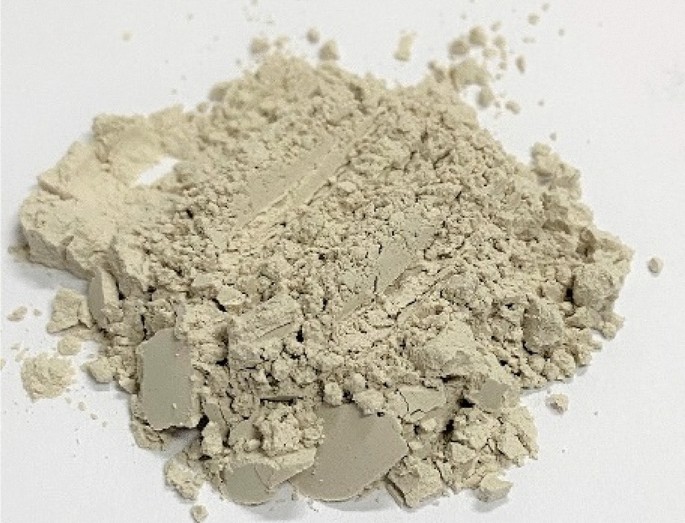
As an important interior decoration material, wallpaper is favored by more and more consumers. Generally speaking, paper-based wallpaper requires good bulk and air permeability, and can release the moisture of the wall itself without causing the wallpaper to become moldy.
Compared with a single type of filler, the compound filling of attapulgite and calcium carbonate can significantly improve the strength properties of the paper. One of the main reasons.
Different types of mineral fillers can complement each other and cooperate with each other through compounding and filling, so as to optimize the performance of the filled paper.
(1) The addition of light calcium silicate to the compound filler can significantly increase the bulk of the base paper. At a filling amount of 30%, when calcium silicate: light calcium carbonate = 1:2, the bulk of the filled paper will be increased. The thickness is 15.2% higher than that of talcum powder: light calcium carbonate=1:2 compound filler and paper, and it has little effect on the filler retention rate, paper whiteness and tensile index.
(2) With the increase of the filling amount, compared with talc: calcium silicate: light calcium carbonate = 1:1:1 compound type, calcium silicate: light calcium carbonate = 1:2 compound type The increase of the bulk of the handsheet is more obvious, and the whiteness and opacity of the paper are better under the similar ash content of the finished paper. This is mainly because the whiteness and light scattering properties of light calcium are better, so increasing the proportion of light calcium in the compound filler is beneficial to improve the whiteness and opacity of the finished paper.
What effect do impurity elements have on the quality of high-purity quartz products?
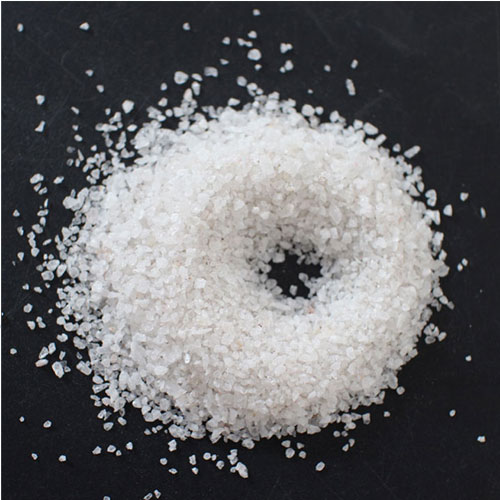
The main impurity elements in quartz are Al, Fe, Ca, Mg, Li, Na, K, Ti, B, H. The impurity elements have a great influence on the quality of high-purity quartz products, such as alkali metals, transition metals, Al and P, etc. Element content is a key indicator of high-purity quartz raw materials. The content requirements of impurity elements vary according to the use of the prepared quartz glass, but the general trend is that the lower the better.
(1) Alkali metal elements Li, K, Na
Reduce the service temperature and mechanical strength of quartz glass, and catalyze the crystallization of quartz glass at high temperature, resulting in devitrification and high temperature deformation of quartz glass. Reducing the content of alkali metal elements is beneficial to increase the softening point of the high-purity quartz crucible, enhance the deformation resistance of the quartz crucible, and improve the yield of single crystals.
IOTA standard sand requires the sum of alkali metal elements to be 2.4×10-6, and the high-purity quartz required for process tubes, silicon wafer processing, quartz blocks, and semiconductor crucibles for single crystal silicon requires the sum of <1.4×10-6, CZ Type crucible requires its sum <0.5 × 10-6, and ultra-high-purity quartz sand for 12-inch or larger silicon wafers requires its sum <0.08 × 10-6.
(2) Transition metal elements Cr, Cu, Fe
The quartz glass produces color spots or causes high temperature discoloration of the quartz glass, which affects the light transmittance and reduces the reliability and stability of the instrument. In the application of optical fibers, it will cause microscopic unevenness, increase fiber loss, and even lead to signal distortion. In semiconductor applications, minute amounts of transition metal elements in the product can promote crystal growth.
(3) Al and P
Entering the quartz lattice will produce strong chemical bonds, which will affect the conductivity of quartz products, and at the same time, enhance the crystallization effect of quartz glass and reduce the service life. A small amount of Al will not affect the quality of high-purity quartz products. IOTA standard sand requires Al element content (12~18)×10-6, but a small amount of Al in the optical fiber will reduce the light transmission of quartz glass. The existence of P element will seriously affect the pulling of single crystal silicon, so the high-purity quartz crucible has high requirements for P, and the content of P element is required to be less than 0.04×10-6.
Silica is expected to occupy an important position in the high-end manufacturing field
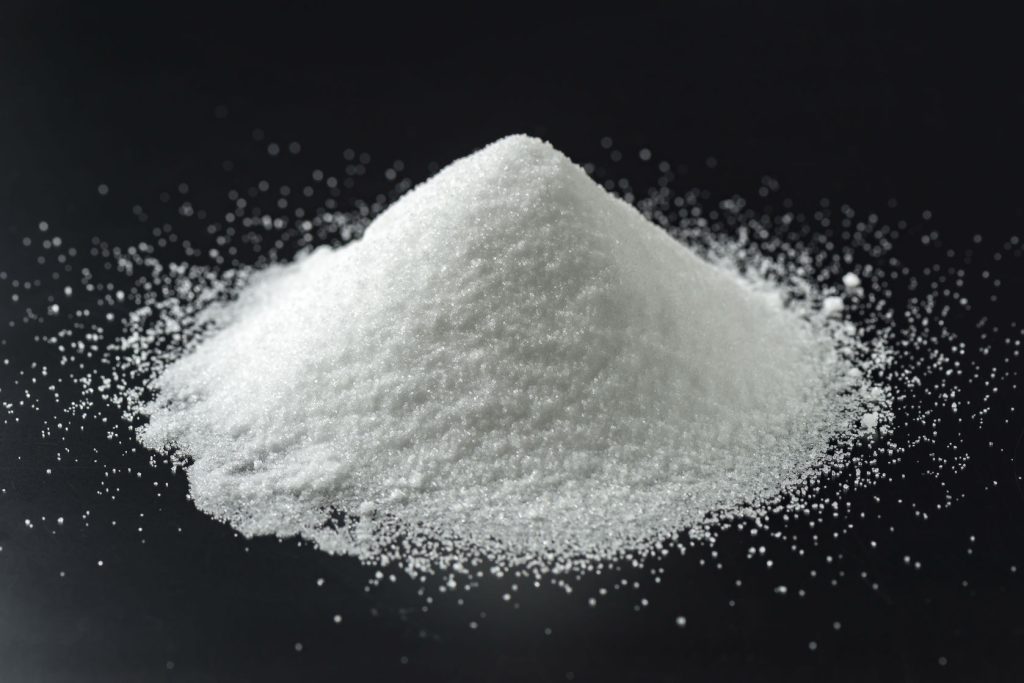
Silica is a general term for fine powder or ultrafine particles of anhydrous and hydrous silica or silicates. It is a white, non-toxic, amorphous fine powder or granular material, mainly referring to precipitated dioxide. Silicon, fumed silica, ultrafine silica gel and aerogel, etc.
Silica is industrial monosodium glutamate, with excellent properties such as chemical inertness and porous structure, which can meet the needs of high-end manufacturing applications, such as battery separators, chemical opening agents, CMP abrasives, coating matting agents, special tire reinforcements, etc. .
Filling materials for battery separators: The global demand is about 70,000-80,000 tons, with a CAGR of 5% during 2022-2026. Data show that China's lead-acid battery production accounts for about 45% of the world's total. According to the calculation that silica used for battery PE separator accounts for about 0.2%, the domestic demand is about 30,000 tons, and the global demand is about 70,000-80,000 tons. At present, the main domestic manufacturers include Yueda New Materials, Tongsheng Chemical and Evonik Jialian. The market concentration is relatively high, and the production capacity of high-end products is almost exclusively dominated by Evonik. In the future, lithium battery separators have the possibility of theoretical application.
Coating matting agent: 200,000 tons globally, about 50,000 tons domestically, CAGR 5% during 2018-2026. According to statistics from Transparency Market Research, the market size of nano-silica products for matting agents in the Asia-Pacific region in 2020 is about 1.67 billion yuan, and the CAGR from 2018 to 2026 is 5.29%, accounting for 44% of the global proportion. According to the average price of 15,000/ton, the global demand is about 200,000 tons. There are not many domestic companies producing silica products for coatings, such as Lingwei Technology and Beijing Aerospace Side, and some high-end products rely on imports.
Chemical opening agent: 200,000 tons globally, 100,000 tons domestically, CAGR 5% in 2020-2024. Demand for silica blocking agents will continue to increase due to their low cost and high performance in high volume applications. Technavio predicts that the market size CAGR from 2020 to 2024 is expected to be 5.72%, of which 44% of the growth will come from the Asia-Pacific region. According to this calculation, the market size of anti-blocking agents in the Asia-Pacific region in 2020 is about 3.6 billion yuan, about 100,000-150,000 tons, and the demand in other regions of the world is also 10-150,000 tons. At present, the high-end market is monopolized by foreign giants.
High-end tire reinforcement: the global demand is 1.2 million tons, and the domestic demand is about 450,000 tons. With the continuous promotion of green tires around the world, as a special material for "green tires", the consumption of silica has increased simultaneously, which has formed a strong support for the growth of global demand for silica. In 2020, the consumption will reach 485,000 tons, accounting for the domestic precipitation method The total consumption of silica accounted for 37%. In the future, under the background of the increasing penetration rate of green tires, the demand for silica used in high-end tires is expected to maintain a growth of more than 10%. Among them, it is worth paying attention to the domestic replacement of aircraft tires and the improvement of tire performance requirements brought by new energy vehicles. .
CMP polishing material: domestic demand is 10,000 tons. According to TECHET statistics, the global CMP polishing liquid market size in 2021 will be US$1.89 billion, a year-on-year increase of 13%. The domestic CMP polishing liquid market size is about 3 billion yuan, of which abrasive particles are the largest cost. In 2021, the total amount of fumed silica consumed by my country's chemical mechanical polishing industry will be about 5,400 tons, a year-on-year increase of 4.90%. According to SAGSI, the demand in this field will reach 6,600 tons in 2026, and the compound growth rate from 2022 to 2026 will be 4.00%.
From the perspective of price level distribution, pharmaceutical carriers, catalysts, chemical opening agents, coating matting agents, and adsorbents are all markets with higher unit prices, and their production costs are not much different from ordinary silica, so they have a relatively high unit price. With high profit margins, there are better development opportunities in these segments of the market.
Production process of active nano calcium carbonate for high performance PVC pipe
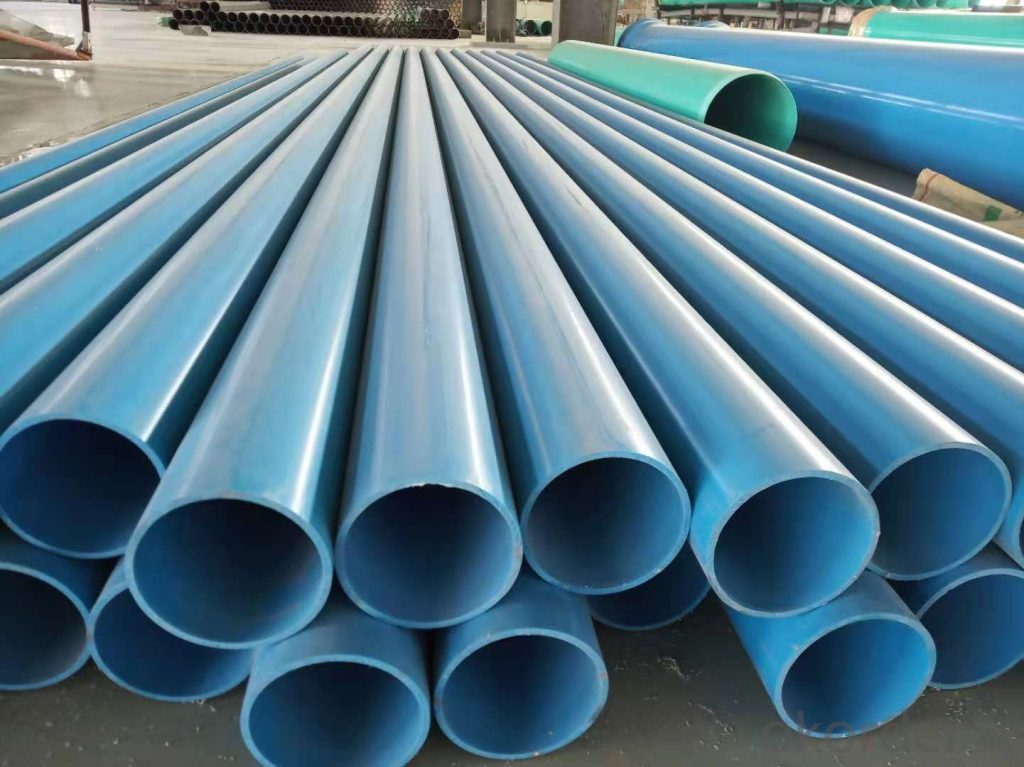
Activated nano-calcium carbonate is used in plastics, rubber and other polymer materials to fill and reinforce, and to improve the mechanical properties of products, increase the amount of fillers under the condition that the performance remains unchanged, reduce the overall cost of products, and improve product quality. market competitiveness. Therefore, nano calcium carbonate is more and more widely used in plastics, rubber, adhesives, inks and other fields, especially in polyvinyl chloride (PVC) products with the largest amount.
In order to meet the needs of producing high-strength, high-elasticity PVC pipes, Xie Zhong et al. used limestone as raw material to generate lime by calcining, and adopted the double-tower continuous carbonization method to produce nano-calcium carbonate. The surface treatment agent composed of coupling agent and other components is used to activate the calcium carbonate, and the nanometer activated calcium carbonate with low oil absorption value, good processing performance and good dispersibility is prepared.
Production process of active nano-calcium
Using limestone as raw material, it is calcined to generate quicklime CaO and CO2. CaO is dissolved in water-produced slaked lime Ca(OH)2. Add crystal form control agent to slaked lime Ca(OH)2 water, and control certain concentration and temperature conditions. After stirring, the kiln exhaust gas (CO2) is introduced, and the reaction generates nano-calcium carbonate (carbonization).
The nanoscale calcium carbonate slurry is heated to a certain temperature, activated (activated) by adding a surface treatment agent, and then the water in the filter cake is removed by a filter press, and then the nanoscale activated calcium carbonate is obtained by air drying, classification and sieving.
Carbonization process: Double-tower continuous carbonization method is adopted, the first jet tower, the second bubble tower, the effective volume of each tower is 30m3. Add Ca(OH)2 slurry (specific gravity: 1.05), the temperature of the slurry is 15~25℃, add 0.2%~0.8% crystal control agent (calculated on the basis of Ca(OH)2 dry basis), pass CO2, control CO2 The concentration is 30%, the carbonization reaction time is 130min, the end point temperature of the carbonization reaction is ≤55℃, the pH value is 8.0, and the air permeability specific surface area is ≥9.5m2/g. If the dry concentration of Ca(OH)2 is too high, the viscosity of the slurry will increase, the coating phenomenon will be serious, and the calcium carbonate particles are easy to agglomerate into large particles, and the calcium carbonate particles are mixed with Ca(OH)2, control the Ca(OH)2 The mass base concentration of 5% to 10% is appropriate.
Activator: Commonly used activators (surface treatment agents) mainly include inorganic treatment agents, fatty acids and their derivatives, resin acids, coupling agents, polymer compounds and vegetable oils. Activated calcium carbonate products for different uses are mainly different from the use of different surface treatment agents. After the selection of active agent varieties and the optimization of the ratio, four kinds of substances including fatty acid, vegetable oil, non-ionic surfactant and coupling agent were finally selected, and the ratio was 3:2:1:0.5.
Activation process: 3-step surface treatment method is adopted, 3 different activators are activated in 3 times, the CaCO3 slurry (3.0t based on CaCO3 dry basis) is pumped into the 30m3 activation tank, the mixer is started, the speed is 280r/min, and then Add activator for activation, add the saponified fatty acid solution, stir for 1h, and complete the first step of activation. Then, the emulsified vegetable oil and monoglyceride solution were added and stirred for 1 h to complete the second step of activation. Then add the emulsified coupling agent solution and stir for 1 h to complete the third step of activation.
The active nano calcium carbonate produced by this process has low oil absorption value, good processing performance and good dispersibility. It is used as a filling and reinforcing agent in the production of PVC drainage pipes. , Longitudinal retraction rate, flat test and other indicators are better than the national standard for PVC pipes. A 30-ton truck is pressed over the drain pipe, and the water pipe is still restored to its original shape, and the product performance is excellent.
Influence of alkali treatment on acid leaching and purification of vein quartz
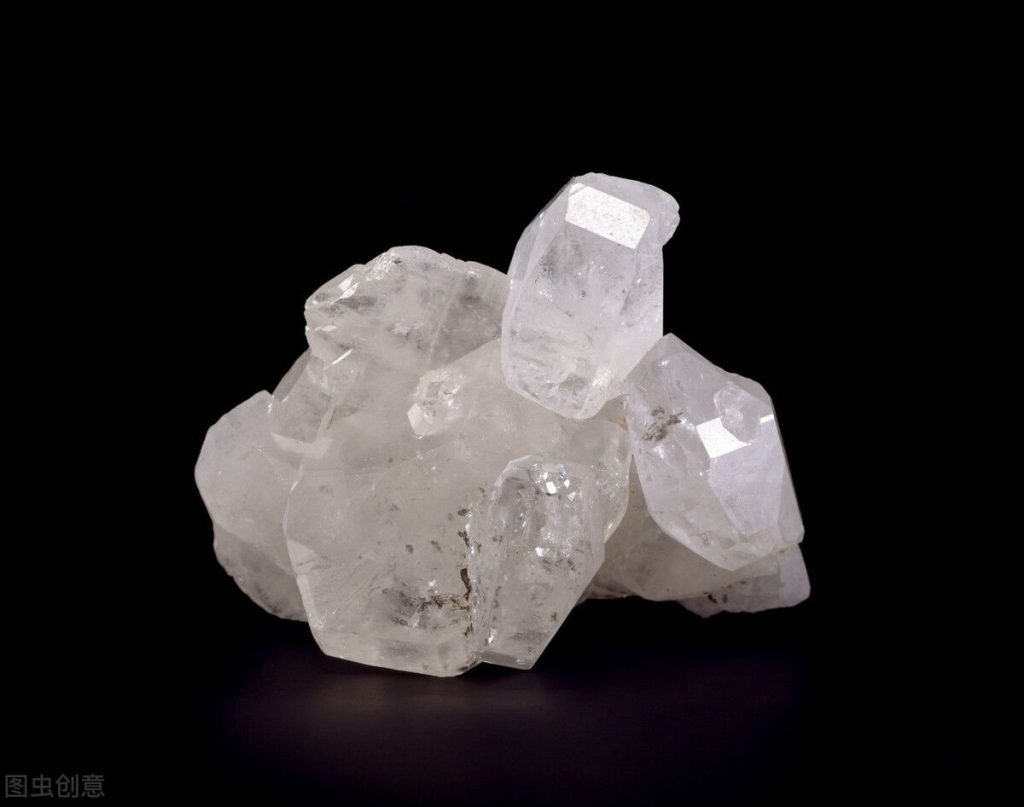
Vein quartz is one of the important raw materials for purifying and processing high-purity quartz sand, Vein quartz ore contains many associated gangue minerals, such as feldspar, mica, rutile, tourmaline, chlorite, etc., and many inclusion impurities are also formed. For low-grade vein quartz ore, simple acid leaching generally cannot meet the requirements of high-purity quartz, and some quartz particles still contain inclusions.
The roasting-water quenching method can create gaps between quartz and gangue minerals, exposing a large number of inclusions, thereby increasing the chance of contact between reagents and gangue minerals in quartz, and is more conducive to the removal of gangue minerals.
Using the purification process of roasting-water quenching-magnetic separation-flotation-alkaline treatment-acid leaching, the vein quartz samples were subjected to alkali treatment-acid leaching test, and the influence of alkali treatment conditions on the quality of acid leaching concentrate was systematically studied. :
(1) Through the conditional experiment of alkali treatment and acid leaching of vein quartz flotation concentrate samples, it is found that alkali treatment is beneficial to the reduction of Al content in acid leaching concentrate, and the effects of three different alkali treatments are KOH>NH4OH, respectively. >NaOH, among them, the Al content of the acid leaching concentrate treated with KOH alkali solution is the lowest at 253.67μg/g.
(2) Treated with KOH alkali solution, the optimum reaction temperature is 40℃, the optimum concentration is 0.5mol/L, and the optimum reaction time is 4h. Under the optimum conditions, the Al content in the vein quartz flotation concentrate after alkali treatment and acid leaching treatment was 245.49μg/g. However, too high temperature, too long time, and too large alkali concentration are not conducive to the reduction of Al content in the acid leaching concentrate by alkali treatment, and will cause excessive dissolution of quartz, resulting in a relative increase in Al content.
(3) Through scanning electron microscope analysis, the surface of the alkali-treated quartz is very rough, and there are many tiny pores on the cleavage surface, and a large number of cavities are also dissolved on the fracture surface. During the alkaline treatment, the port face of the quartz is more easily corroded by the alkaline solution than the cleavage face. The test analysis shows that the alkali treatment enhances the effect of acid leaching by eroding the quartz surface and reacting with the surface SiO2 to expose the internal gangue minerals.
Non-metallic mineral beneficiation and purification method and main process equipment
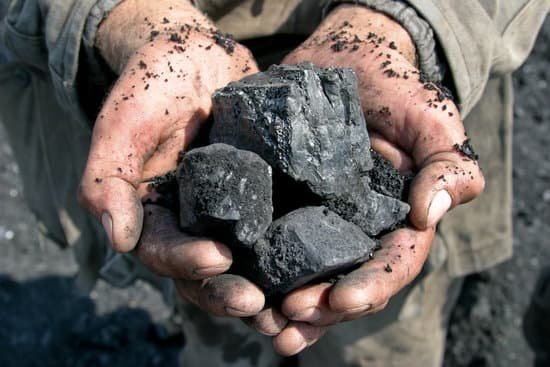
Naturally produced non-metallic ores contain other mineral impurities or co-associated minerals to varying degrees. For specific non-metallic mineral products, some of these mineral impurities are allowed to exist, such as a small amount of dolomite and wollastonite contained in calcite, and part of pyrophyllite and chlorite contained in talc; Various iron minerals and other metal impurities contained in minerals such as kaolin, quartz, diatomaceous earth, talc, stone mother, wollastonite, and calcite that may be removed. There are also some minerals, such as graphite, diatom, sandy kaolin, coal-based kaolin, etc., the raw material minerals have low grades, and must be purified or calcined to meet the application requirements.
For non-metallic minerals, purity in many cases refers to their mineral composition rather than their chemical composition. There are many non-metallic minerals whose chemical composition is basically similar, but the mineral composition and structure are far from each other, so their functions or application properties are also different. This is the biggest difference between non-metallic ores and metallic minerals, such as quartz and diatoms. Although the chemical components of soil are all silica, the former is a crystalline structure (silicon-oxygen tetrahedron), while the latter is a non-quality porous structure with a complex structure. Therefore, their application properties or functions are also different. In addition, in the process of beneficiation of non-metallic minerals, the crystal structure of useful minerals should be maintained as much as possible, so as not to affect its industrial use and use value.
At present, the commonly used beneficiation methods for non-metallic minerals include: sorting, washing, gravity separation, flotation, magnetic separation, electrical separation, chemical beneficiation, selective flocculation, calcination and shape sorting.
Is a good quartz mine equal to a good quartz sand?
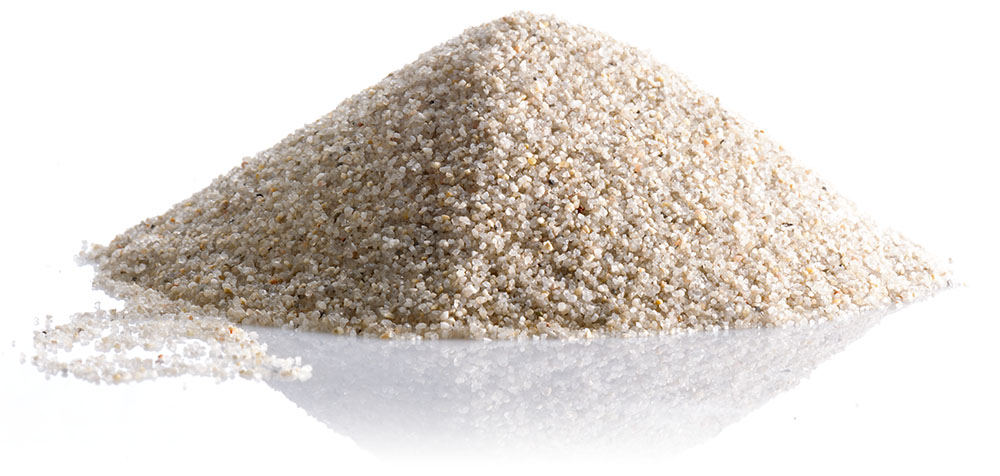
Quartz sand is mainly used in two segments in the photovoltaic industry: photovoltaic glass and crucible. Among them, photovoltaic glass has low requirements on the purity of quartz sand, SiO2 ≥ 98.55%, and high light transmittance of glass is mainly required.
But the quartz sand used in the crucible is much stricter. The quartz crucible is basically translucent and is divided into three layers: the outer layer (opaque layer) and the middle inner layer (vacuum transparent layer). The inner layer affects the success rate of single crystal growth and the quality of the crystal rod, so the quality of the inner layer sand is relatively high, and imported ones are generally used, such as Unimin from the United States and TQC from Norway. The outer layer contains a large number of air bubbles, which is heated evenly and has a good thermal insulation effect. Domestic enterprises mainly make sand for the inner and outer layers of the crucible.
Quartz mines are widely distributed around the world, and industrial quartz mines include natural crystal, quartz sandstone, vein quartz, powder quartz, natural quartz sand and granite. However, the application fields of different types of sand are different. For example, some are suitable for the production of quartz tubes and quartz rods, so not all these minerals can be used to produce quartz crucibles.
In fact, there are very few deposits that are really suitable for producing quartz crucibles, mainly concentrated in the United States, Norway and India. At present, there are only three companies in the world that can mass-produce high-purity quartz sand, namely Unimin in the United States, TQC in Norway and domestic quartz shares.
Quartz sand is a natural resource, and the scarcity of ore is the key to restricting the supply of high-purity quartz sand. Unimin and TOC use mines in the United States, but since quartz mines are associated mines, it is difficult to accurately measure the output. In addition, companies such as Unimin are highly integrated, and quartz is only a part of it, and because it is an associated mine, to increase the output of quartz, it is necessary to increase other products accordingly. Therefore, the relative expansion is limited. In addition, in addition to producing photovoltaic sand, Unimin also produces semiconducting sand, and semiconducting sand is more expensive, so there is insufficient power to transfer production capacity.
Except for the mines in the United States, which are Indian mines, because very few domestic quartz sand mines can be used as crucibles, domestic companies mainly buy mines from India, and most of the quartz shares use Indian mines. The sand from the Indian mine has few bubbles after being made into a product, is easy to purify, and has a moderate cost, which is suitable for crucible sand.
Therefore, it is not the purification technology that really restricts the production capacity of high-purity quartz sand, because the domestic purification technology is not weaker than that of foreign countries, and the core is the resource of the ore. It can be said that "whoever has good ore will have good sand".
Barite beneficiation and purification technology and research progress
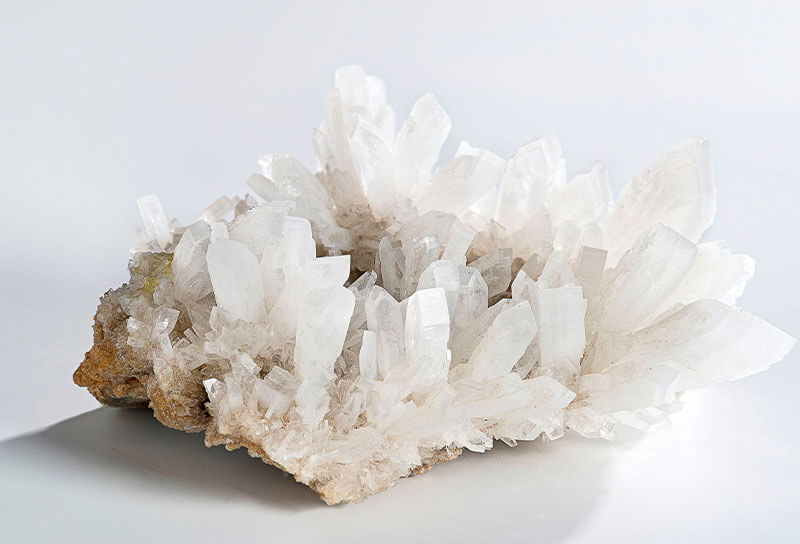
Barite is often associated with minerals such as quartz, calcite, dolomite, fluorite, siderite, rhodochrosite, pyrite, galena and sphalerite. In deposits such as , silver and rare earth, barite is often a common gangue mineral. Therefore, the sorting process of barite is restricted by factors such as deposit type, mineral composition, and characteristics of barite and gangue phases.
At present, barite beneficiation and purification technologies mainly include hand separation, gravity separation, magnetic separation, flotation and combined processes.
1. Hand selection
The manual selection process is to manually select high-grade lump ore based on intuitive physical indicators such as the color and shape of the ore. It is suitable for selecting ores with high grade, simple composition and stable quality. Many small private mines in my country often use this method for sorting. For example, Pancun Mine, Xiangzhou, Guangxi, selects high-grade barite ore by hand selection process. The concentrate particle size is 30-150mm, and the barite grade can be as high as 95%. The process is simple and easy to implement, requires low mechanization of equipment, but has high labor intensity, low production efficiency, and serious waste of resources.
2. Re-election
Different minerals with large differences in density can be separated by gravity separation. The density of barite is 4.5g/cm3, which is much higher than other common gangue minerals (such as quartz 2.65g/cm3, calcite 2.6g/cm3). Therefore, the gravity separation process can be used to separate barite and gangue minerals. Select different gravity separation equipment according to the size of the ore grade. The coarse grade (-5+0.45mm) ore can use the jigging method, and the fine grade (-0.45mm) ore can use the shaking table or the spiral chute method.
This process has the advantages of simple equipment, good stability, no beneficiation agent, low cost, and less environmental pollution. Therefore, it is difficult to efficiently recover barite resources by a single gravity separation process, and it is necessary to further recover barite by combining magnetic separation or flotation processes.
3. Magnetic separation
When there is a significant difference in the magnetic properties of the minerals, the magnetic separation process can be used for separation. Barite is a non-magnetic mineral. When magnetic minerals (such as iron oxides) are the main gangue minerals, a magnetic separation process can be used to separate barite and gangue minerals. The resulting concentrate has a high BaSO4 content, which can be used as a requirement. Barite raw material for barium-based pharmaceuticals with very low iron content. Magnetic separation is often used to select pyrrhotite, magnetite, limonite and hematite.
4. Flotation
Flotation is an important way to deal with refractory barite resources such as low-grade ores, associated ores and tailings, and this process has good adaptability to various types of barite ores with complex inlays, and is also capable of recovering fine-grained weight. Effective way of spar. The flotation process generally includes positive flotation and reverse flotation.
5. Combined process
For associated ores, flotation tailings, and refractory ores with fine-grained mineral inlays, the recovery of barite by a single gravity or magnetic separation process is not satisfactory, and a combined process is required to efficiently recover barite. Common combined processes are: flotation-reelection, gravity-magnetic separation, magnetic separation-flotation and magnetic separation-re-election-flotation.

